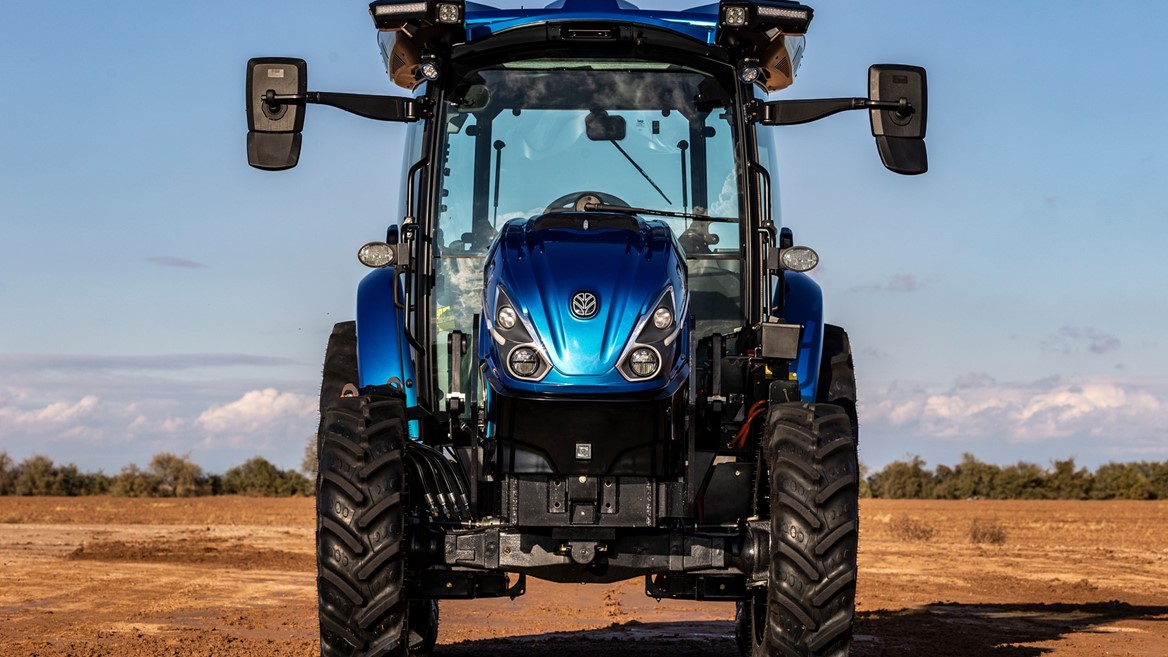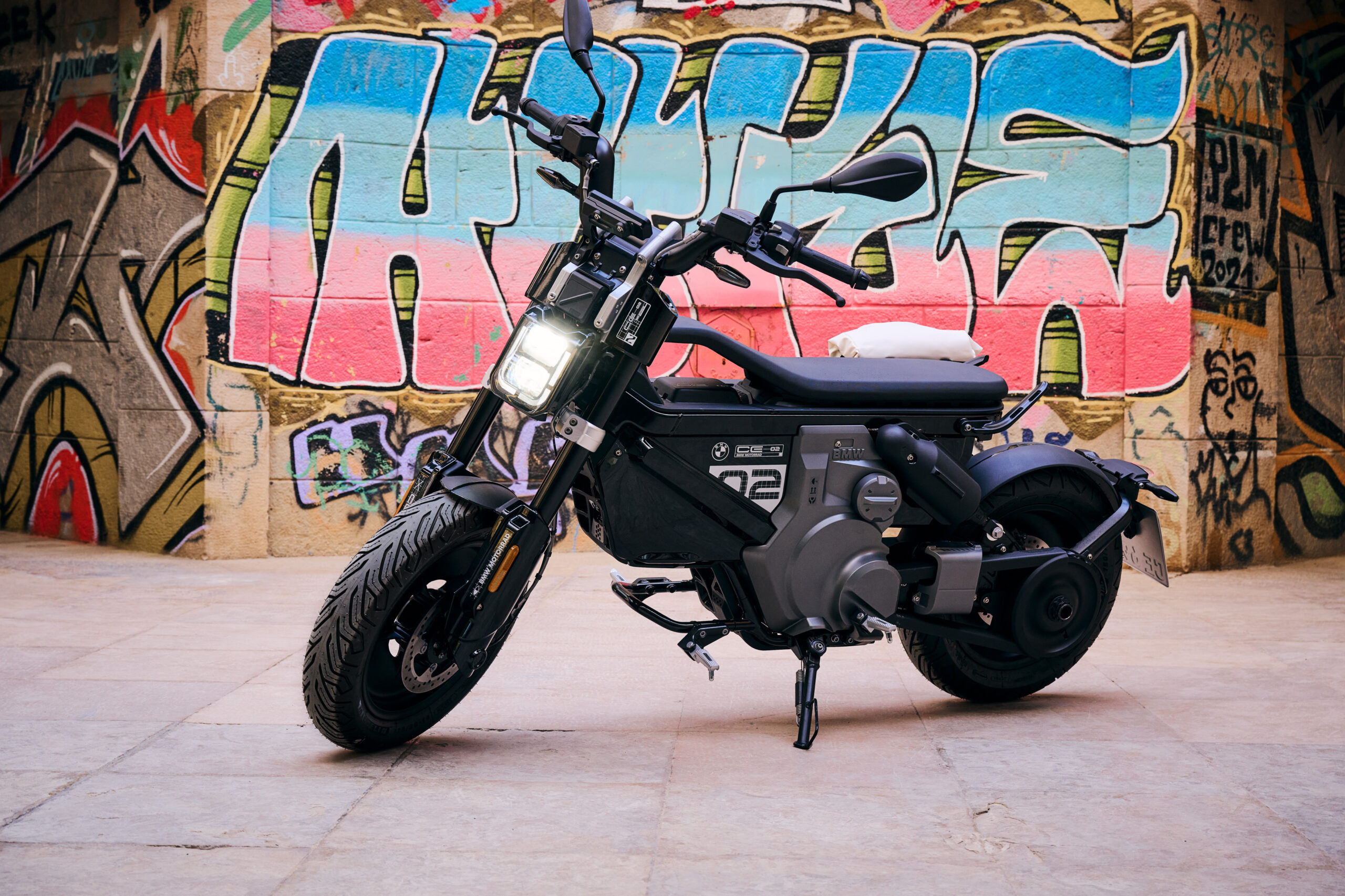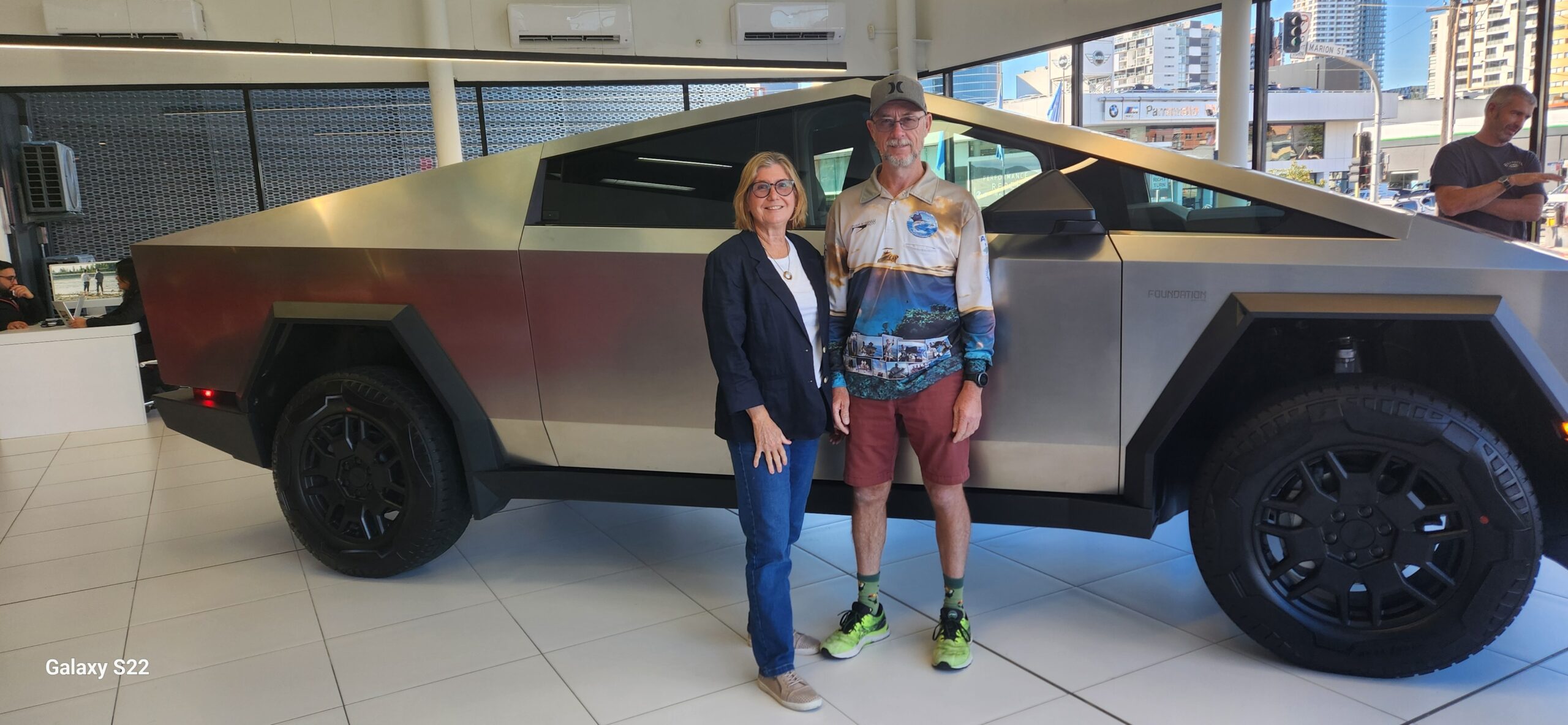
Active globally with 43 plants and 40 R&D centers, CNH Industrial is well known as the owner of major agricultural and construction equipment brands CASE IH and New Holland. CNH Industrial generates $23 billion in annual revenue, with the bulk of it coming from the agricultural product line. The company says that globally, Case IH and New Holland Agriculture supply 360° agriculture applications from machines to implements and the digital technologies that enhance them. CASE and New Holland Construction Equipment deliver a full line-up of construction products that make the industry more productive. The Company’s regionally focused brands include: STEYR, for agricultural tractors; Raven, a leader in digital agriculture, precision technology and the development of autonomous systems; Flexi-Coil, specializing in tillage and seeding systems; Miller, manufacturing application equipment; Kongskilde, providing tillage, seeding and hay & forage implements; and Eurocomach, producing a wide range of mini and midi excavators for the construction sector, including electric solutions.
Across a history spanning over two centuries, CNH Industrial says it has always been a pioneer in its sectors and continues to passionately innovate and drive customer efficiency and success. The company adds that as a truly global company, CNH Industrial’s 40,000 employees form part of a diverse and inclusive workplace, focused on empowering customers to grow, and build a better world.
Marc Kermisch, Chief Digital & Information Officer, CNH Industrial, says there are two technology changes/shifts impacting the market at the moment and these are:
1) Precision & Autonomy — This shift is focused on making better automated machines, to the point that a vehicle can operate on its own without a human operator. Already there have been major advances towards automation on the agricultural side. However, a lot more progress still needs to be made on the construction equipment side of things. For the larger agriculture equipment such as a combine harvester, a lot of work is currently focused on automation to make the job of the operator much easier, as operators spend quite a long time in the cab of those combines.
They are also adding monitors that focus on grain quality as well as automating the offloading of grain into grain carts. Here, they are working on automatically syncing the grain cart so that there is no operator needed for the grain cart — and therefore ensuring that the cart moves in tandem with the combine and alerts the combine driver when the cart is full. The cart can then drive itself to the edge of the field to unload the grain. They are also working on AI systems in vision applications such as object detection to make sure the vehicles can learn to understand and can “see” the presence of objects, crops, and humans and make sure that the machine knows what is in front, behind it, and all around it.
The other key applications of AI systems are around training the models to recognize crops vs the weed in order to have more precise application of herbicides and pesticides during the growing season of the crop, thereby lowering the costs for farmers and reducing the amount of these fertilizers and pesticides. This can result in savings of up to 30% for farmers. They are also working on models to identify which fruit is ready to pick and can then direct a robot arm to pick it or whether the cotton bloom is ready to pick or not. These are just some of the applications on in-field use of artificial intelligence that they are exploring and developing. More on the autonomy side, some early applications are for some level of autonomy for tractors used on ranches and farms with a lot of fenced and gated areas. These types of operations often mean that the farmers have a lot of cumbersome routines such as going through a lot of gates where the farmer has to regularly get out of the tractor to open a gate, walk back to tractor, and then close the gate tens of times a day. To help address this as well as other areas, farmers will be able get off the tractor and gesture to the tractor to follow the farmer after the farmer opens the gate, saving quite a lot of time over a day’s shift.
2. The second major shift is around electrification. When it comes to electrification in the agricultural sector, the shift is starting with vehicles that typically do shifts of about 8 hours or less at a time. For example, applications may require 3 to 4 hours of movement at a time, with stops to charge over a lunch break and then go again for another 3 hours or so. Some of these applications are in areas like spraying fields of nut fruits, or berry crops, mowing the fields, and in dairy farms where tractors are used to spread the hay and feed cows. These are areas where the transition to full battery-electric vehicles is most feasible and considerable progress is being made. For larger crops, such as corn, soybean, or wheat, where hundreds of thousands of hectares are involved where those machines typically run for 10, 12, 16, and sometimes 18 hours a day with 400hp machines, the initial focus is on hybrid vehicles or alternative fuels.
On the construction side, a similar approach is already underway with the electrification of mini excavators, smaller wheel loaders, and backhoe loaders. Marc says one of the best things about the construction sector is that a lot of these vehicles are operated around a localized area, and therefore you can bring mobile charging units to that area as needed. For larger vehicles, they are also looking at “fixed wire electrification” where the vehicle does not move extremely far and can be operated while attached to a fixed electricity source.
An example of one of the electric products CNH is launching soon is the New Holland T4 Electric Power — the industry’s first all-electric light utility tractor prototype with autonomous features. This was first displayed at its Tech Day in Phoenix, Arizona, USA.
CNH Industrial says a concentrated effort between its team of experts in the USA (Burr Ridge, Detroit) and Italy (Modena) was able to halve this prototype’s development time thanks to collaboration with their strategic partner Monarch Tractor — an electrified ag innovator based in California. CNH’s expertise and resources, in conjunction with Monarch’s disruptive technology, made this world-first result possible.
They add that this product milestone is the latest development in their strategic plan for electrification. The prototype presented is branded New Holland Agriculture, while the commercial model will also extend to their Case IH Brand. It follows the launch of the multi award-winning e-Source power pack — an external generator for electric farm implements.
“The T4 Electric Power is the ideal solution for lower horsepower operations. It is suited to mixed farm, livestock, municipality, orchard, and specialty applications. We know our customers are eager to adopt this type of product, so it makes perfect sense for us to continue our Ag electrification journey with this platform,” explains Marc Kermisch, Chief Digital & Information Officer, CNH Industrial.
This first-generation battery-electric light vehicle belongs to the utility tractor segment. Commercial production is expected to begin at the end of 2023, with a broader product offering to follow.
- E-motor peak power: Up to 120hp
- Max torque: Up to 440Nm
- 4-wheel drive
- Max speed: forty kph
- Zero emissions
Depending on the mission profile, the tractor’s battery pack delivers up to a full day of operation. It takes just one hour to reach 100% power when using commercially available fast charging systems. The tractor’s electrical outlets support daily farm tasks such as welding and drilling. It doubles as a backup power generator for daily or emergency needs. And it provides energy for electric implements. Traditional mechanical, hydraulic, and power take-off implements can also be used.
CNH says in testing, the T4 Electric Power showed exceptional performance compared to a conventional diesel tractor. “It’s superb responsiveness makes it more aggressive, efficient and provides greater traction control. Smoother shuttling and gear shifts make it even more of a pleasure to drive. It also reduces operating costs by up to 90% for our customers, thanks to eliminating diesel fuel costs and associated maintenance fees. And it is quiet. Noise is reduced by up to 90% and vibration is also substantially dampened. This respects stringent municipal noise regulations, allows for nighttime operation, and improves livestock wellbeing, especially when working inside covered areas such as barns.”

CNH adds that what makes this tractor a world first are its autonomous features and automated capabilities. Together, these technologies provide leading solutions that support operators of all skill levels. The T4 Electric Power’s roof houses sensors, cameras, and control units which enable its advanced autonomous and automated features. Farmers can remotely activate the tractor via a smartphone app. Shadow Follow Me mode lets operators sync machines to work together. A 360-degree perception system detects and avoids obstacles. Telematics and auto guidance keep all functions in check for operators. Fleet Management lets the farm manager assign tasks to each piece of equipment. Implement recognition ensures the tractor seamlessly links up with the required attachment. And off-board digital services let farmers run the tractor from anywhere, at any time, while monitoring its performance and battery level.
“CNH Industrial’s global Design Team has styled our alternative power portfolio. The T4 Electric Power on display features the New Holland Clean Blue color — also present on the new T7 Methane Power LNG (Liquefied Natural Gas) launched at Tech Day. Their illuminated leaf emblem and signature taillights mark a clear distinction from the aesthetics of conventional diesel tractors.”
New Holland T4 Electric Power images courtesy of CNH
I don’t like paywalls. You don’t like paywalls. Who likes paywalls? Here at CleanTechnica, we implemented a limited paywall for a while, but it always felt wrong — and it was always tough to decide what we should put behind there. In theory, your most exclusive and best content goes behind a paywall. But then fewer people read it! We just don’t like paywalls, and so we’ve decided to ditch ours. Unfortunately, the media business is still a tough, cut-throat business with tiny margins. It’s a never-ending Olympic challenge to stay above water or even perhaps — gasp — grow. So …






